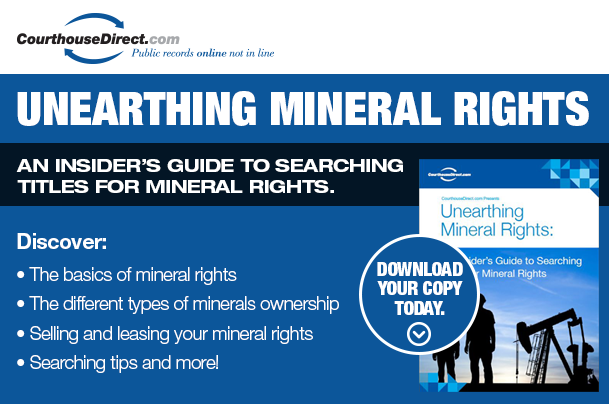 In certain parts of the country, recordable disclaimers of interest are a crucial means by which states settle land-related disputes with the federal government. Written and discharged by the federal government, these documents are the formal vehicle through which federal agencies like the Bureau of Land Management and the National Park Service renounce their claims of ownership to specific parcels of land. They're most commonly used in Western states that feature large tracts of federally managed lands as well as in water-rich areas in which jurisdiction over navigable waterways is not clear.
In certain parts of the country, recordable disclaimers of interest are a crucial means by which states settle land-related disputes with the federal government. Written and discharged by the federal government, these documents are the formal vehicle through which federal agencies like the Bureau of Land Management and the National Park Service renounce their claims of ownership to specific parcels of land. They're most commonly used in Western states that feature large tracts of federally managed lands as well as in water-rich areas in which jurisdiction over navigable waterways is not clear.
Why Use Recordable Disclaimers of Interest?
Individual states rarely engage in serious disputes with the federal government over the ownership rights to large tracts of land. However, misunderstandings can and do arise. When these tussles concern the submerged lands that underlie navigable waterways, they can become especially complex. Through the Bureau of Land Management, the federal government may force state disputants to bring a separate case for each pertinent waterway. Until 2003, the BLM maintained a byzantine system of regulations that made it all but impossible to adjudicate these disputes in a timely fashion. These included:
- Applicants must be legally defined "present owners" of the disputed lands
- Any entity that claims title to the disputed property may apply for a disclaimer of interest
- States must file claims and appeals within 12 years
Although the BLM did take concrete steps to streamline the process in 2003, it still requires a surprisingly complex interaction between state governments and the BLM or other federal agencies. The recently resolved "Alaska situation" serves as an illustration of the use and complexity of recordable disclaimers of interest.
The Alaska Situation
As per the Equal Footing Doctrine, Alaska's 1959 receipt of full statehood coincided with the transfer of certain federal lands to the newly formed state government. As in every other state in the country, these lands included the "submerged lands" that underlie the state's navigable and non-navigable watercourses. As a large, well-drained state, Alaska has some 12,000 legally defined rivers as well as several million ponds and lakes.
Through an unfortunate oversight, no official record of this transfer was ever made. As such, the federal government never explicitly renounced its claim of ownership to the submerged lands under the state's waterways. This had special implications for the navigable rivers, inlets and lakes within Alaska's borders. Since ownership of these features was initially "clouded," the entities that used them did so without a clear understanding of the jurisdiction in which they operated. In the event that the use of one or more of these waterways demanded the intervention or adjudication of its state or federal owner, a dispute might arise as to the identity of the "ultimately responsible" party.
It's important to note that the Bureau of Land Management never argued that it retained claims to the waterways in question. Rather, the Alaskans simply wanted the BLM to renounce its pre-existing, non-enforced claims in writing. Under the BLM's new guidelines, Alaska's state government was responsible for applying for recordable disclaimers of interest for each of the state's navigable waterways and ensuring that it met the necessary burden of proof in each instance. While this might sound like a formality, it nevertheless required a tremendous investment of man-hours and paper.
Broader Implications
Although recordable disclaimers of interest have mainly been invoked in disputes or misunderstandings between various states and the federal government, they may have broader applicability. For instance, individuals who stand to receive inheritances from deceased relatives or associates may use broadly defined "disclaimers of interest" to refuse or "deflect" said inheritance.
While this is typically done to prevent inherited monies from being transferred directly to the private creditors of the deceased, a disclaimer of interest may also be used to prevent or forestall the seizure of land by federal or state authorities to settle tax debts or other outstanding obligations. It should be stressed that there's limited legal precedent for this course of action.
* Image courtesy of FreeDigitalPhotos.net





















